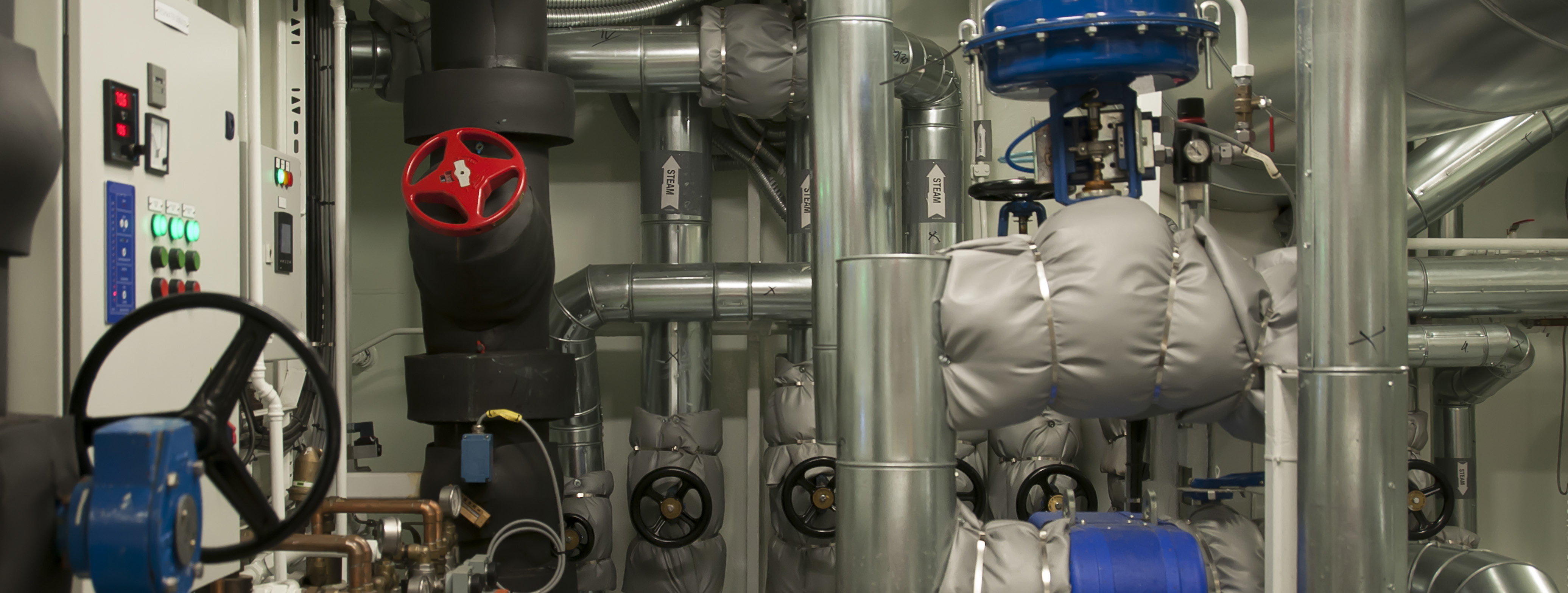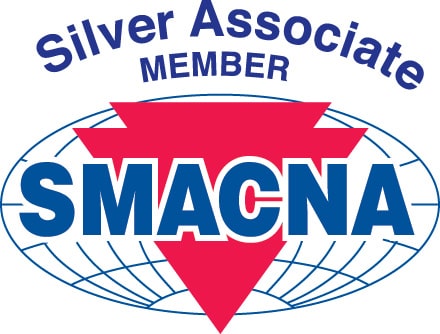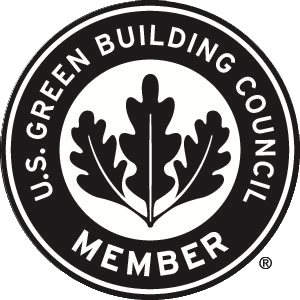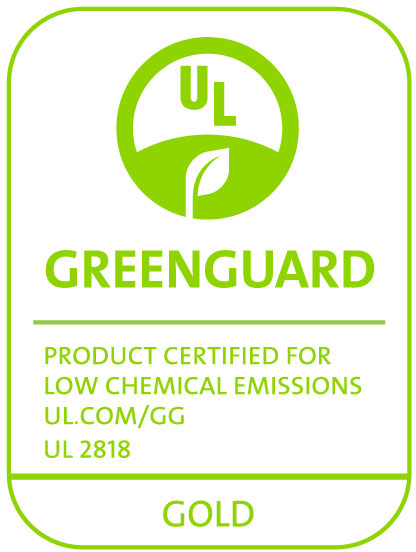
Closed cell elastomeric insulation has been commercially available in the United States since the 1950s. It is also commonly known as:
- Closed cell elastomeric thermal insulation
- Closed cell elastomeric rubber insulation
- Closed cell elastomeric foam insulation
- Flexible closed cell elastomeric insulation
- Closed cell elastomeric nitrile rubber insulation
- EPDM closed cell elastomeric foam insulation
Essentially, closed cell elastomeric insulation is a synthetic rubber composed of closed-cell structures available in factory-made tubes, sheets, or rolls. The outer edge consists of a smooth surface or “skin” which serves as a built-in vapor retarder. Due to closed cell elastomeric insulation’s flexible nature, it is less susceptible to cracks, breakage, and material loss when compared to rigid closed-cell insulation options.
Closed cell elastomeric insulation is best known as refrigeration pipe insulation, UV resistant refrigerant line insulation and HVAC refrigerant pipe insulation, because of its exceptional ability to control condensation on cold (below-ambient) mechanical systems. Due to its low water vapor permeability, closed-cell structure, and built-in vapor retarder, closed cell elastomeric insulation is an excellent choice to protect piping and equipment from one of the most common threats in the building and construction industry – corrosion under insulation or “CUI”. This is a costly, but preventable, problem when water, water vapor, or moisture penetrate insulation and attacks expensive mechanical systems.
When properly designed, specified, and installed, closed cell elastomeric insulation can effectively manage heat gain/loss and condensation control for the life of the mechanical system. Unlike open-cell fibrous insulation types, closed cell elastomeric insulation does not lose its thermal efficiency or serve as a food source for mold growth when moisture comes in contact with the insulation.
One of the most important considerations when designing, specifying, and installing closed cell elastomeric insulation is the insulation thickness. Factors such as the fluid or gas (line) temperature in the pipe or equipment, pipe type, pipe size, ambient temperature, relative humidity, and whether or not a protective outer jacket will be applied are necessary to calculate the correct insulation thickness.
U.S. manufacturers of closed cell elastomeric insulation offer tubes in “unslit” or “self-seal” formats. Sheets and rolls are also offered with or without a factory-applied pressure-sensitive adhesive (PSA) on one side. Self-seal tubes and sheets/rolls with PSA offer are known to produce labor savings during installation.
Tubes are generally available in “wall thicknesses” of ¼” to 2” and inside diameter (ID) sizes of ¼” to 6” IPS (iron pipe size). Aeroflex USA offers tube sizes up to 16” IPS. Sheet sizes are typically 3’x4’ and rolls 48” wide with thicknesses ranging from ¼” to 2”.
Closed cell elastomeric insulation is appropriate for the following interior and exterior applications:
- HVAC pipe insulation
- VRF (variable refrigerant flow) pipe insulation
- Refrigerant pipe insulation
- Chilled water pipe & equipment insulation
- Cryogenic pipe insulation (down to -297 degrees F)
- Hot and cold domestic water plumbing pipe insulation (NBR/PVC up to 220 degrees F, EPDM up to 257 degrees F)
- Duct liner (fiber-free)
- Duct wrap
- Acoustic attenuation of pipes and ducts (lower frequencies)
Regarding direct UV exposure, closed cell elastomeric insulation will degrade over time so it should be protected with the manufacturer’s specially-formulated UV coating or field-applied jacketing system. Traditional NBR/PVC (nitrile butadiene rubber/PVC) closed-cell elastomeric insulation will degrade faster than EPDM insulation; EPDM is inherently UV-resistant and will degrade at a slower rate than NBR/PVC. Although not UV-proof, EPDM is the same type of rubber used for industrial and automotive applications.
American manufacturers of closed cell elastomeric insulation must comply with ASTM manufacturing standards (ASTM C 534, C 411) and meet critical fire and smoke safety standards such as ASTM E 84 (UL 723), NFPA 90A, and 90B. Insulation that is plenum-rated is a term associated with meeting these fire safety standards which allows engineers to specify flexible elastomeric insulation on pipes and ducts in air plenums. A plenum is generally the space between a structural ceiling (i.e. roof) and drop ceiling.
Closed cell elastomeric insulation is also safe for building occupants because it is fiber-free (no fibers break loose from the insulation), mold-resistant and low-VOC. U.S. manufacturers typically add biocides to their NBR/PVC insulation during manufacturing to manage potential exposure to mold. As an alternative, EPDM closed cell elastomeric insulation is naturally microbial-resistant. Most American-made elastomeric insulation is also third-party certified by UL’s GREENGUARD or SCS Indoor Advantage™ Gold for low chemical emissions.
If you are searching for a proven and safe insulation to save energy, control condensation, meet national/state/local energy and building codes, prevent mold growth and contribute to LEED®-registered projects, look no further than closed cell elastomeric insulation.
To learn more about Aeroflex USA’s Aeroflex® brand of EPDM nonpolar closed cell elastomeric insulation, please click here.
Source: https://insulation.org/io/articles/insulation-materials-closed-cell-elastomeric-foam/











